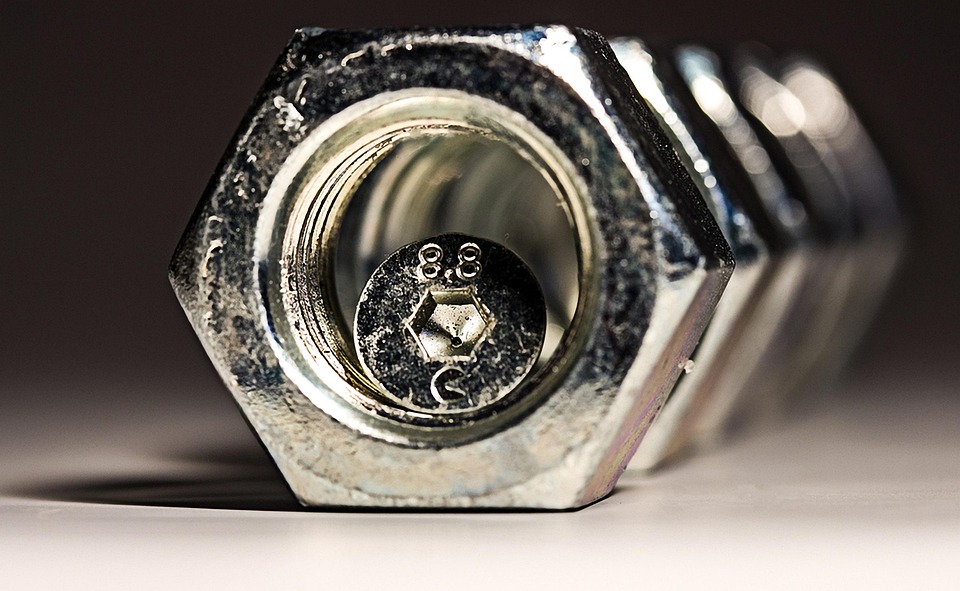In today’s fast-paced world, machinery is integral to nearly every industry, from manufacturing to healthcare. However, the constant vibrations generated by machines can lead to significant issues, ranging from noise pollution to wear and tear on the equipment itself. This is where anti vibration pads come into play. These specialized components are designed to absorb and reduce vibrations, offering a host of benefits for both machines and the people who operate them. In this article, we will explore the importance of anti vibration pads, their applications, and how they can improve your operations.
What Are Anti Vibration Pads?
At their core, anti vibration pads are materials designed to absorb vibrations and reduce their transfer to surrounding surfaces. Made from rubber, cork, foam, or other resilient materials, these pads are strategically placed under machines or equipment to prevent vibrations from spreading through floors, walls, or other structures. The vibration-dampening properties of these pads help minimize noise, decrease wear on the machinery, and reduce the overall impact of vibrations on the environment.
In many industrial settings, machines are running constantly, producing vibrations that can cause stress on the equipment over time. Over the long term, these vibrations can lead to faster degradation of machine parts, increased maintenance costs, and a noisy work environment. The introduction of anti vibration pads can help mitigate these issues, providing a more stable and quieter environment while also extending the lifespan of machinery.
How Do Anti Vibration Pads Work?
Anti vibration pads work by acting as a cushion between the machinery and the surface it rests on. They absorb and dissipate the energy created by vibrations, preventing it from being transmitted to the surrounding area. This dampening effect ensures that the vibrations are absorbed by the material of the pad, preventing them from affecting the building structure or causing damage to sensitive equipment nearby.
The effectiveness of an anti vibration pad depends on its material composition and thickness. Materials like rubber or polyurethane are commonly used due to their ability to deform and absorb energy effectively. These pads can be customized for different applications based on the type and frequency of the vibrations they need to absorb. Whether you’re dealing with heavy industrial machinery or small equipment, choosing the right anti vibration pad is crucial for achieving the best results.
The Benefits of Anti Vibration Pads
1. Improved Equipment Longevity
One of the primary reasons to invest in anti vibration pads is their ability to extend the life of your equipment. By absorbing the vibrations generated by machinery, these pads help prevent unnecessary wear and tear on the equipment. Continuous exposure to vibrations can cause parts to loosen, crack, or degrade faster than they normally would. Over time, this can lead to more frequent repairs, which can be costly and time-consuming. With anti vibration pads, you can reduce the stress on the equipment and improve its longevity, saving money on repairs and replacements in the long run.
2. Enhanced Performance and Efficiency
Machines that experience fewer vibrations tend to operate more efficiently. Vibrations can lead to operational instability, affecting the overall performance of machinery. In manufacturing, for example, vibrations can cause deviations in product quality, as the machinery’s precision is compromised. By reducing these vibrations, anti vibration pads help machines maintain their optimal performance, resulting in smoother operations and higher efficiency. Whether it’s reducing defects in production or maintaining consistent output, these pads contribute significantly to operational success.
3. Noise Reduction
Vibrations often result in noise, which can be distracting and disruptive in a workplace. In environments like hospitals or laboratories, noise can interfere with delicate work, while in factories, it can lead to hearing damage over time. Anti vibration pads are highly effective in dampening these vibrations, resulting in a quieter working environment. Not only does this improve comfort for employees, but it also helps meet noise regulations and reduces the potential for hearing damage among workers.
4. Enhanced Safety
Reducing vibrations also leads to a safer work environment. Uncontrolled vibrations can cause equipment to shake, creating hazards for employees. In industries like construction or manufacturing, where workers are operating heavy machinery, reducing vibration helps improve stability and prevents accidents. Anti vibration pads reduce the likelihood of equipment failure due to vibrations, thus enhancing overall safety.
5. Protecting Surfaces and Infrastructure
The vibrations caused by machinery can often lead to damage to floors, walls, and other infrastructure over time. For example, constant vibrations from heavy machinery can crack floors or damage sensitive equipment placed nearby. By placing anti vibration pads beneath equipment, you can protect your facility’s infrastructure from the long-term effects of constant vibrations. This not only saves on repair costs but also ensures that your facility remains in good condition for longer.
Applications of Anti Vibration Pads
The versatility of anti vibration pads means that they can be used in a wide range of industries and applications. In manufacturing, these pads are used beneath machines such as lathes, CNC machines, and presses to absorb the vibrations they produce. This reduces the impact of vibrations on both the equipment and the surrounding environment.
In the automotive industry, anti vibration pads are used to reduce vibrations from engine components, improving vehicle performance and reducing noise levels. They are also widely used in the construction industry to reduce the impact of heavy machinery on surfaces and foundations. From HVAC systems to laboratory equipment, the applications for anti vibration pads are vast and diverse.
Choosing the Right Anti Vibration Pad
Choosing the right anti vibration pad for your application involves considering several factors, including the type of machinery, the frequency and intensity of vibrations, and the surface it will be placed on. Different materials offer different benefits, so it’s essential to select a pad that matches the specific needs of your equipment and environment.
If you’re working with heavy machinery, for example, you may need a thicker, more durable anti vibration pad made from rubber or neoprene to handle the higher levels of vibration. For lighter equipment, a thinner pad made from foam or cork may suffice. Consulting with a professional or an engineer can help ensure that you select the best anti vibration pad for your specific needs.

Conclusion
In conclusion, anti vibration pads are an essential component for reducing machine wear, improving performance, enhancing safety, and creating a quieter and more comfortable working environment. Whether you’re managing an industrial facility, working in a laboratory, or simply maintaining machinery at home, these pads provide invaluable benefits that extend the life of your equipment and reduce operational costs. By investing in high-quality anti vibration pads, you can enhance both the efficiency and safety of your operations, all while protecting your infrastructure from the harmful effects of constant vibrations.















